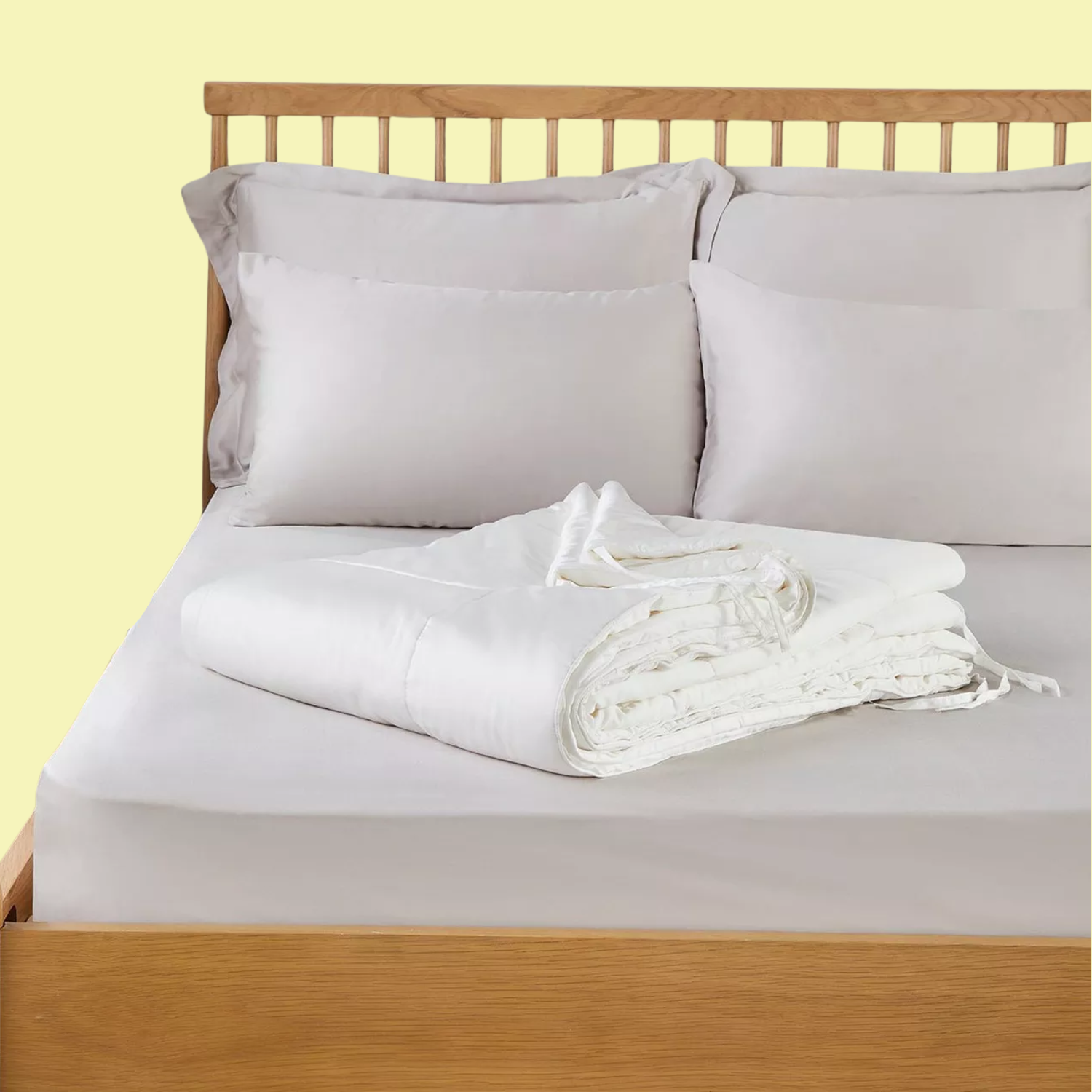Do You Know What Tog Duvet You Need? Varying by Season, Here's What the Bedding Experts Have to Say About the Ideal Rating
Comfortable slumber calls for the right tog duvet, so it's time to get acquainted with the best rates for each time of year
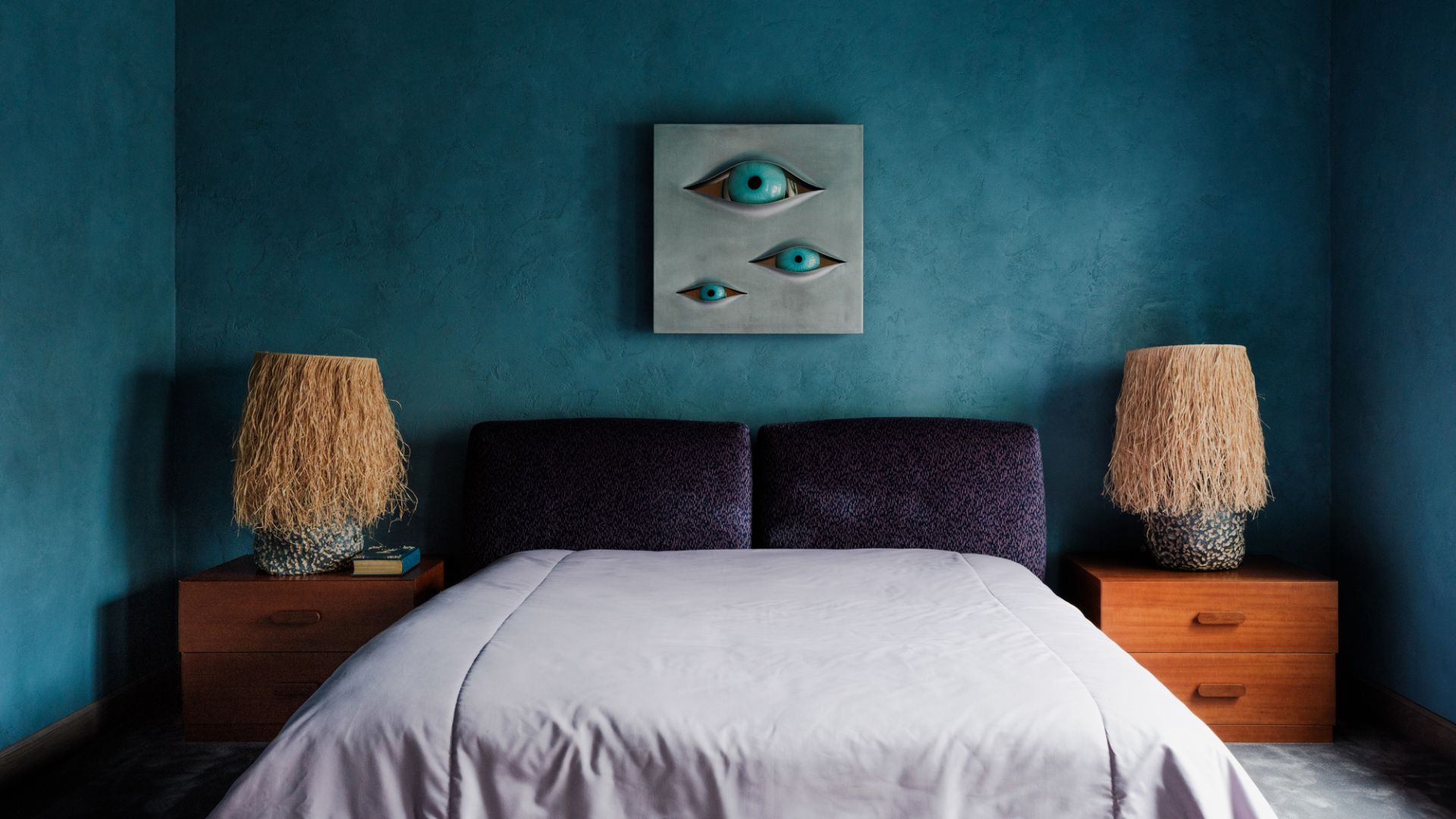

I used to pick my bedding like I picked my coffee table books — purely off first appearances and pretty colors. But now that I have learnt so much more about more technical aspects, like the best seasonal fabrics to dress your bed, I'm tackling the subject of duvets next.
And the first thing I highlighted to educate myself on is tog ratings. This scale of numbers is almost always tagged on duvet labels, but commonly skipped over. That is, despite it being one of the key characteristics that can help you learn how to sleep better.
So, I spoke to a couple of experts and answered all the questions you're probably wondering when you spot this decimal rating on a duvet. But first, let's start with the meaning of this very term.
What Is a Duvet Tog?
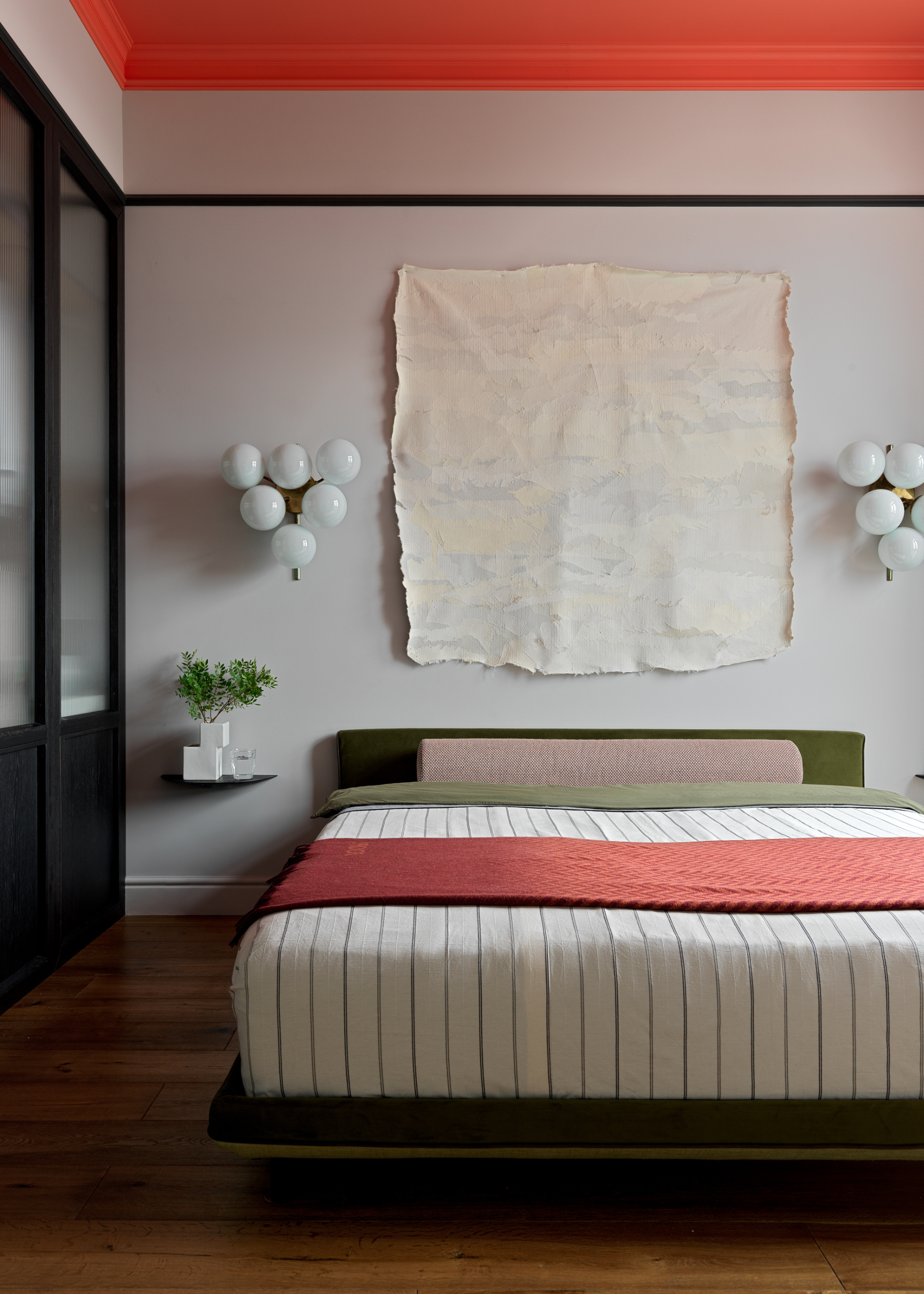
Phoebe Street, bedding expert and brand marketing manager at Pretty You London, tells me that a duvet’s tog rating indicates how warm it is.
"Basically, the higher the number, the warmer it’ll be. A 4.5 tog is on the cooler side and works well in summer or warm homes, while a 10.5 or 13.5 tog is better for cold nights or draughty rooms," she notes.
"You might assume that tog is a measure of thickness, or maybe even quality – but that’s not the case! In reality, it’s simply about how well a duvet traps heat and retains warmth."
So, based on the type of bedding you're picking out, it's important to check for a tog rating and narrow your sights on a number that best suits your bedroom environment.
The Livingetc newsletters are your inside source for what’s shaping interiors now - and what’s next. Discover trend forecasts, smart style ideas, and curated shopping inspiration that brings design to life. Subscribe today and stay ahead of the curve.
Phoebe Street is a bedding expert and a brand marketing manager at Pretty You London, where she combines her expertise in fashion and sleepwear to help people sleep cooler and more comfortably. A specialist in breathable fabrics like bamboo, Phoebe leads the brand’s creative direction, making sure every product and campaign supports restful, feel-good sleep.
What Is the Best Tog Duvet to Use?
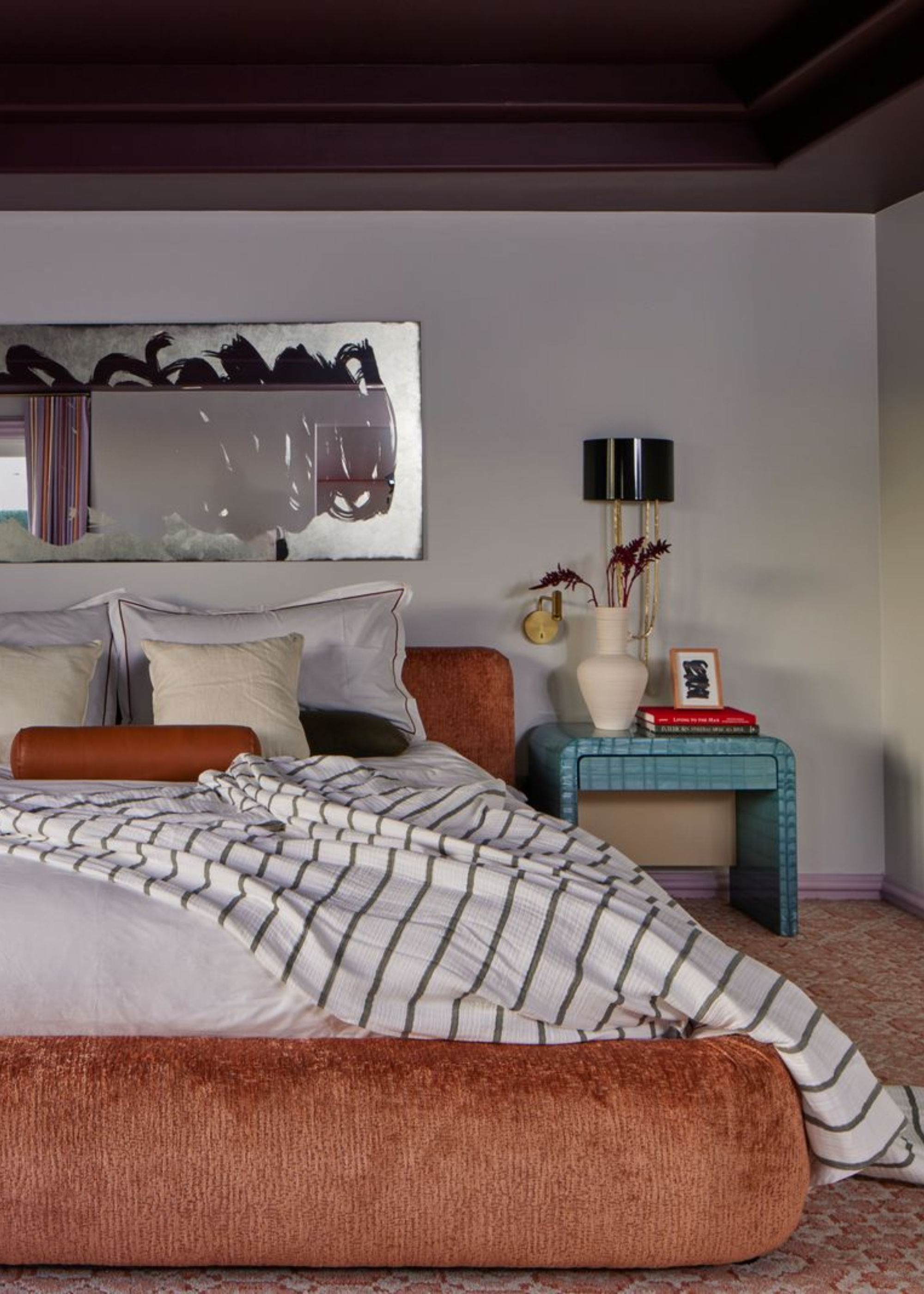
Contrary to popular belief, Phoebe points out that there isn’t one blanket rule for the ‘best’ tog. She finds that it completely depends on the time of year, how warm your home is, and how you naturally sleep.
"For summer, a 4.5 tog is light and breathable, while a 10.5 to 13.5 tog is good for the cooler months. If your room runs on the warm side or you're a hot sleeper, an even lower tog range of 7 to 9 typically suffices without making you overheat," says Ed Ovendon, bedding expert and co-founder at The Lad Collective.
"To accommodate a year-round setup, many people layer or opt for a midweight duvet that transitions with the seasons — the same way you switch from flannel to crew neck T-shirts with your sleepwear," Ed continues.
It's not just about making your duvet look good, but also about making sure that your bedscape is fully equipped to keep you cozy throughout the night.
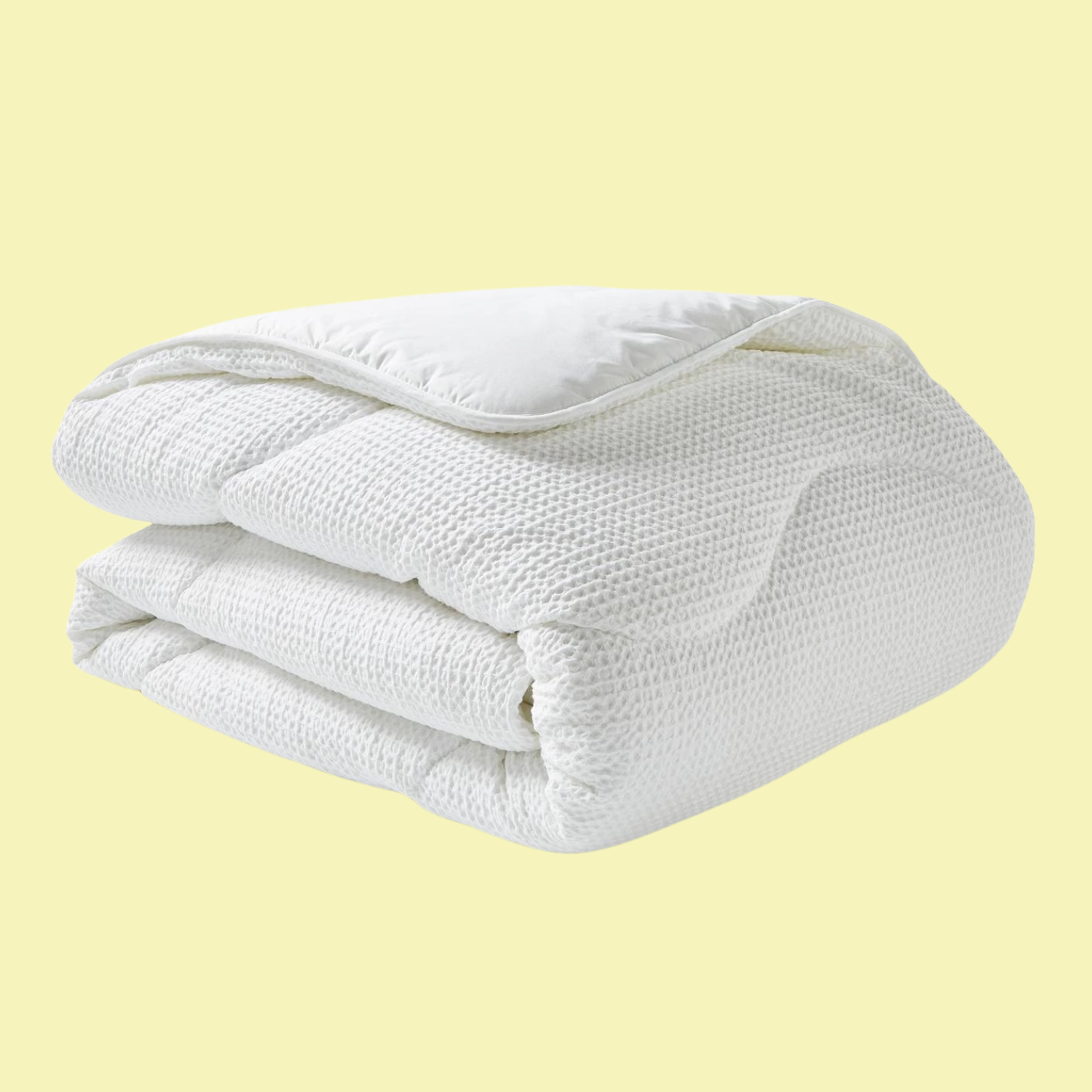
Tog: 10.5
Night Lark's Cotton Waffle Coverless Duvet Set is a great add-on to your cozy bedroom as the seasons transition from spring to fall and your bed desires a warm finishing touch.
Ed Ovenden is a seasoned performance-marketing leader and co-founder of The Lad Collective, a go-to brand for premium, comfort-driven bedding designed to help people sleep better and live better. As director, Ed oversees growth strategy and media buying, combining data-driven advertising with creative storytelling to scale customer acquisition across US and international markets.
How Does Tog Differ Based on Material?
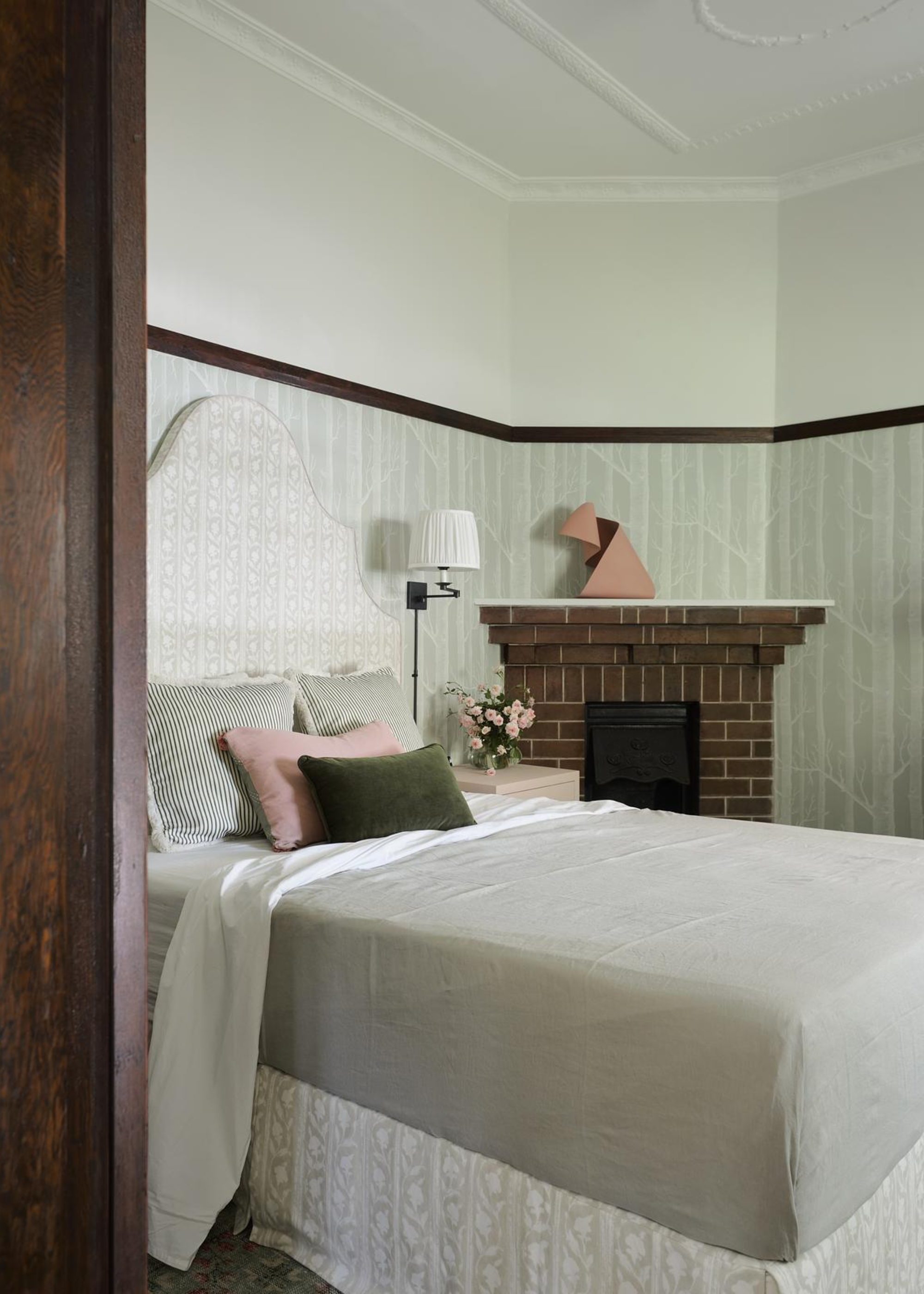
You might think that tog ratings are universally accurate across all fabrics. However, Ed explains that this is misleadingly untrue.
"A 10.5 tog down duvet retains more body heat and is airier than a synthetic 10.5 tog one," he notes. "This is because natural fills capture warm pockets of air, while still keeping everything feeling breathable and pleasant to sleep beneath the weight of masses of feathers."
On the other hand, he finds that natural duvets made with cotton or bamboo mixes tend to feel cooler and more breathable at the same or similar tog ratings.
When deciding how to rate the tog rating based on fabric, Phoebe recommends considering the weightiness of the material and the natural insulation levels of the fibers within.
And as always, it's famously better to rely on quality bedding brands prioritizing natural materials for transitional, healthy bedding year-round — which is why knowing where to buy bedding is key.
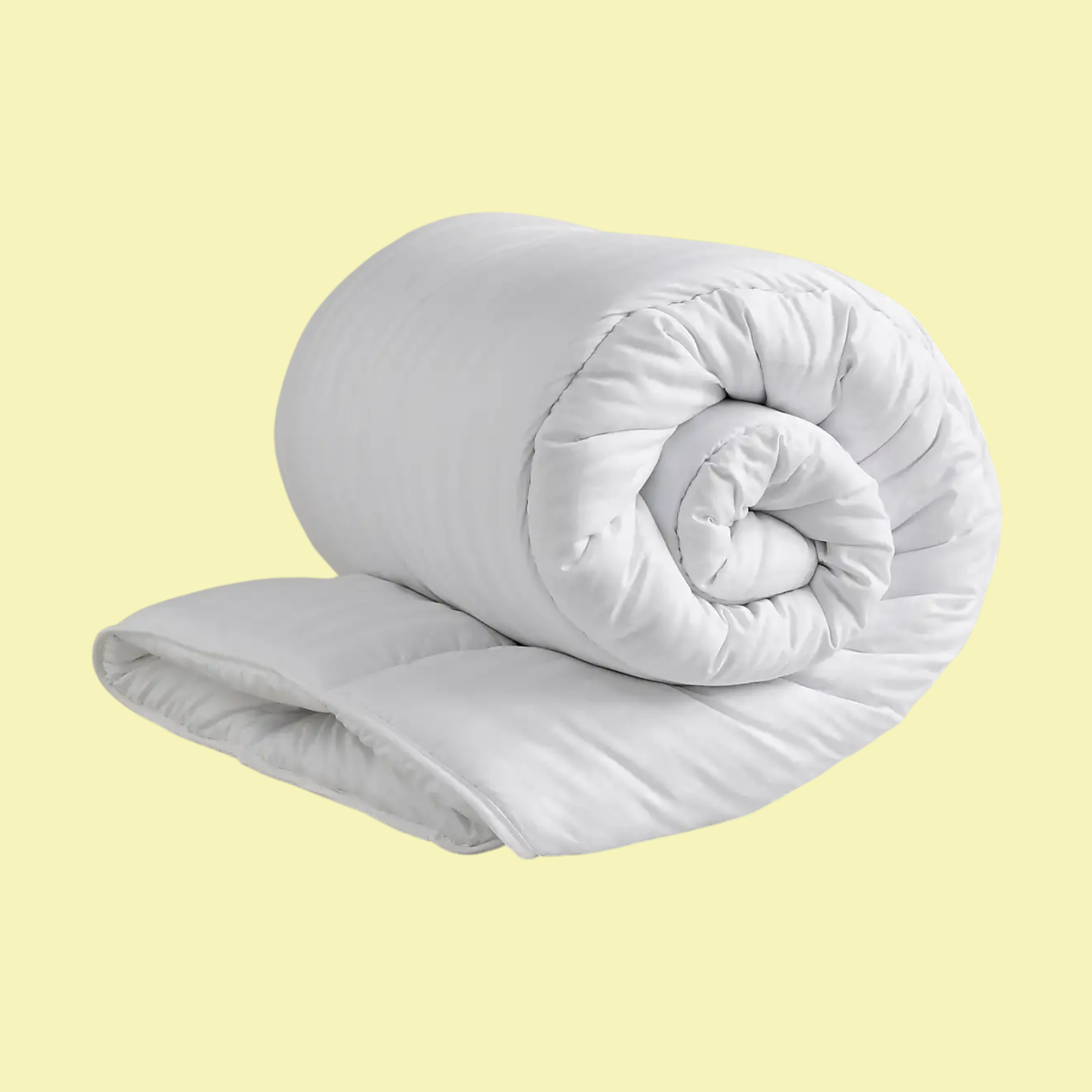
Tog: 13.5
If you want to bring the luxurious, comforting feel of hotel bedding into your home, this super king-size Hotel Luxury Cotton Winter Duvet from Dunelm is a brilliant choice.
FAQs
What Tog Rating Do Hotels Use?
According to Ed, most hotels provide 10.5 to 12 tog duvets. "This is the comfortable medium that applies to most guests, in plenty of different climates," he says. "The secret is balance — choose a duvet that keeps your body in a steady temperature zone, helping you stay asleep longer and wake up more refreshed."
Learning about the materials on your bedscape is important to master sleep hygiene and build a cozy sleep space that feels just right. So while we're on the topic of things you should know, there's more to non-iron bedding than meets the eye, and our explainer reveals all.

Amiya is a Home Wellness Writer at Livingetc. She recently graduated with a Masters Degree in Magazine Journalism from City, University of London, and has lent her words to beauty, fashion, and health sections of lifestyle publications including Harper’s Bazaar and Women’s Health. Her experience as a research analyst has equipped her with an eye for emerging trends. When she’s off the clock, she can be found reading, listening to music, or overanalyzing her latest Co-Star update.
